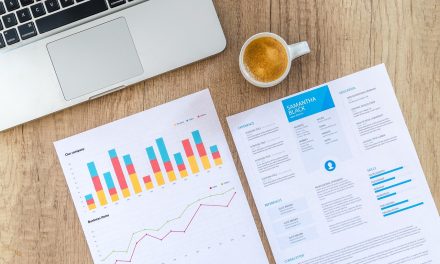
How do you know if your marketing strategy is working? If it isn’t, do you know why? Maybe it’s working for some audiences or locations but not for others. For many marketers, the work can sometimes seem like art or alchemy, but it shouldn’t be like that. It’s a business. You need data-driven marketing.
Data-driven marketing is the use of reliable data to design strategies and campaigns that work because they are based on provable knowledge. When you have the right numbers, the right data, you can make decisions based on fact rather than feeling or intuition, improving your results by constantly adapting.
It starts with identifying the goals you want to achieve. The essential element here is key performance indicators (KPIs): defined measures of business goals. These should not be vague such as “more success” but highly specific such as “2,000 more social media followers by December.” There are many possible KPIs, from brand awareness to customer lifetime value or organic click-through rate. You can find much more information here.
It’s also necessary to decide if you are going to handle data-driven marketing in house or with a partner. The former may involve acquiring the necessary software tools (Excel will not be enough!) to gather and process the data, as well as qualified personnel to extract and present the data according to specified KPIs. A partner such as Becksense can do all of that for you, delivering the data you need in a clear and actionable way.
Data for your data-driven marketing
What are we talking about when we say “data?” It could be first-party data (freely given to you by your customers on various touchpoints), third-party data gained through cookies (due to be phased out in 2024) or other data you have gathered from researching competitors or analyzing social media activity.
Maybe you haven’t yet got the data you need. The process of gathering it is also important. For example, if you don’t implement the right pixels in the right places, you won’t be able to collect the data essential to measure the success of your KPIs
The question becomes: How do you know if you have enough data? How do you know if it’s good data? What should you do with it? In part one of this blog series, we’ll look first at the data itself. Next, we’ll consider in more detail how to process data, then the benefits of data-driven marketing for your business.
Relevance
How do you know which data will help you with which objectives? You may have figures showing how many likes you have on social media, but how many of those likes turn into leads? Alternatively, there may be data you need that you don’t yet have. Establishing clear KPIs will guide you on the data you need to gather and analyze.
Quantity
You may have very little data or a huge amount that seems impossible to process. Knowing your goals and how to measure them should help you understand how much data you need. For example, you may need a year of data to see patterns, or data relating to specific audience segments.

Quality
Not all data is equal. Good data is up-to-date and reflects your business, market and audience as they are today and possibly also into the future. Working with old or expired data could be a total waste of time.
Ordering
Data tends to be a lot of numbers. It’s necessary to make sense of them by sorting them into segments or categories to understand them in different ways. Are you looking at sales? Demographics? Purchase patterns? Seasonal trends? Social media engagement?
Presenting your data-driven marketing
One of the first steps is being able to see all of your good-quality, relevant data in a clear way that makes sense according to your objectives. That means the right kind of data visualization tools and how they’re used to give you actionable information. Data-storytelling is also a necessary skill here.
Acting
Once you’ve aligned your organized data with your strategic goals, you’re ready to make new decisions based on clear statistical knowledge. This is far more reliable than “a feeling” or copying a competitor’s strategy (maybe their data is bad!)
Feeding back
Data analysis is not a single-use solution. After creating and implementing your new strategy, you go back and look at the new data to fine-tune and test for new opportunities. The process never ends – you just get better at it.
Data-driven marketing – next steps
This has been an introduction to good data management. Next, let’s look in more detail what to do with your data to create actionable strategy.










